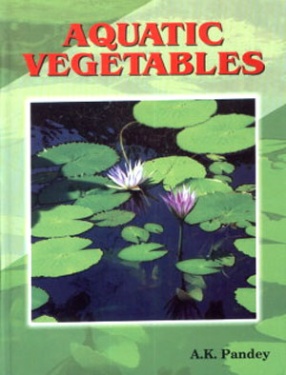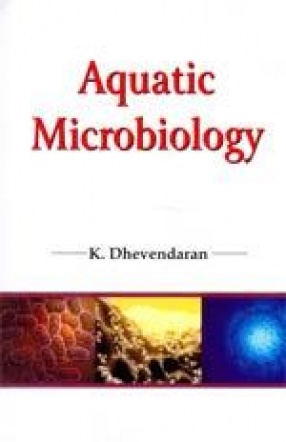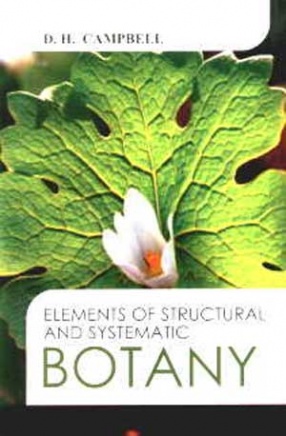This book covers valuable information on number of aquatic edible greens found across the globe in various submerged places lying in tropical, subtropical and temperate regions. In India, a number of aquatic vegetables viz., water chest nut (Trapa spp.), water spinach (Ipomoea aquatica), lotus (Nelumbo nucifera), and watercress (Nasturtium Aquaticum) are grown sporadically/commercially. Recently, Indian Council of Agricultural Research (ICAR), New Delhi has established a National Research Centre on Makhana at Darbhanga (Bihar). Aquatic vegetables are rich in nutrition, dietary fibres, phytochemicals and antioxidants and may play a pivotal role in reducing the malnutrition in general and micronutrient malnutrition in particular. Apart from nutritional and medicinal importance adhered with the aquatic vegetables, they play an important role in maintaining the wetland ecosystem. Sustaining the health of wetland ecosystem is sine qua non in the changing climatic catastrophe. In India, the number of aquatic plant species exceeds more than thousand, however, very limited efforts have been made to collect, characterize and maintain the genetic wealth of aquatic vegetables. Aquatic vegetables are ecofriendly and least suffers from any major diseases and pests and can be raised without applying any chemicals. Concerted efforts are needed to unravel the genes, which lie behind some of these significant attributes such as resistance to pests, and it may be used to improve other crops also. Research strategies are needed to map the genetic sequences of some of the promising aquatic species. Keeping above facts in view aquatic vegetable book has been authored and it seems to be the first exhaustive literature on aquatic vegetables also.
Exotic Vegetable
$90.00
$100.00








There are no reviews yet.